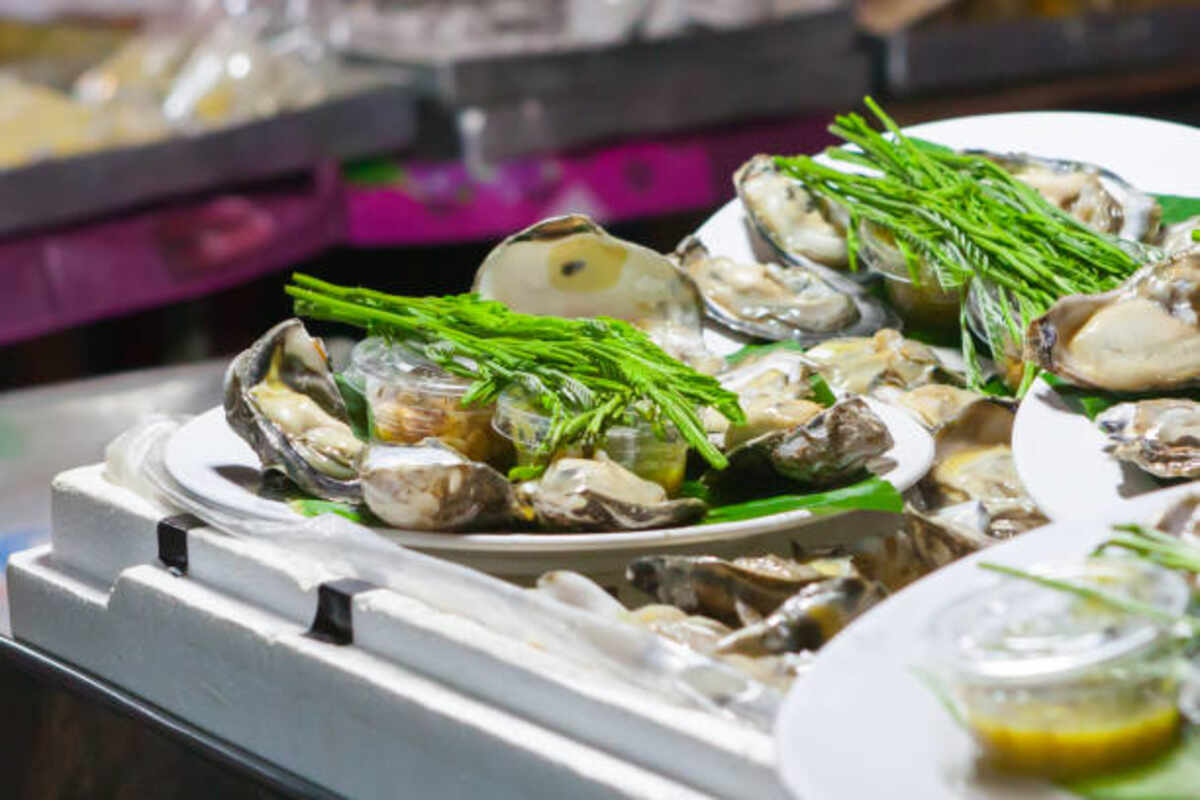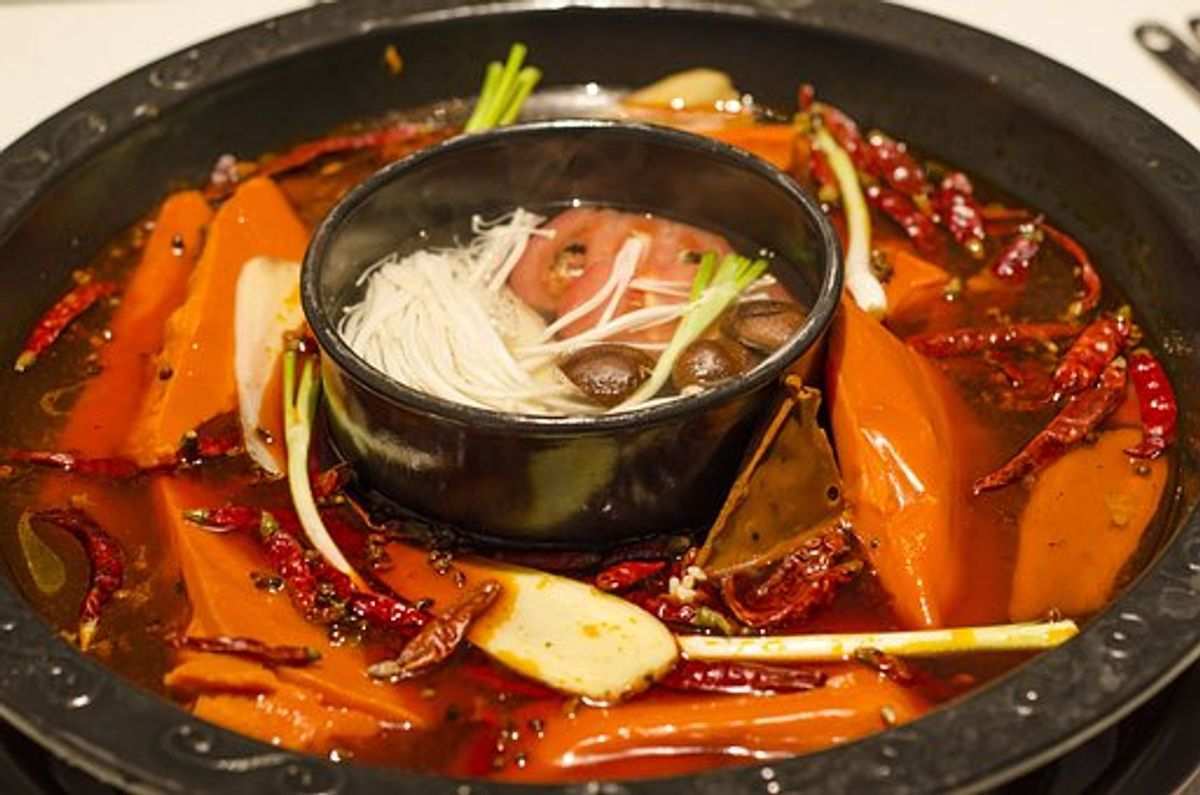Responsibilities of a Food Establishment That Serves Raw Oysters
Oysters offer seafood lovers a delectable treat. However, providing raw oysters carries significant responsibilities and obligations for culinary establishments.
Molluscan bivalves are integral in ecosystem services and as natural water filter feeders, but they may also harbor potentially pathogenic Vibrio bacteria, which cause foodborne illnesses. A restaurant serving raw shellfish must comply with all relevant regulations, provide reliable sources, train staff properly, and follow stringent cleaning protocols and allergen awareness policies to maintain customer health and awareness.
Strict Regulatory Compliance
Raw oysters are an indulgence worthy of culinary masters, yet providing these sea mollusks can pose significant liability issues for food establishments. Serving uncooked bivalves requires strict compliance with state and federal health and safety mandates designed to safeguard diners against foodborne illness risks and to provide uncooked bivalves safely. Establishments must comply with various imperative requirements, including having an established oyster supplier, stringent cleaning protocols, allergen awareness training, and emergency response planning measures in place.
Maintaining raw oysters to the highest standards requires carefully maintaining an internal temperature of 41 degrees or below, thus preventing harmful microorganisms from emerging and spreading. Establishments should employ appropriate refrigeration equipment and implement regular temperature monitoring mechanisms.
Oysters must be regularly inspected for signs of decay or pollution and promptly discarded if any exhibit them. Furthermore, food establishments should have an effective quality control system, where staff regularly appraise the flavor and consistency of seafood served to customers.
Staff in any eatery should receive proper training in the safe handling of raw oysters, with an understanding of any signs of contamination or spoilage. In many regions, oyster shuckers must receive specific certifications to demonstrate how to prepare shellfish hygienically and safely. Furthermore, all personnel must have extensive knowledge of food allergies to answer customer inquiries accurately regarding allergenic items.
A Reliable Source
Food establishments serving raw oysters must rely on reliable sources to ensure the freshness and quality of their product, with an outstanding inspection system to detect signs of decay or contamination and discard them quickly.
Raw oysters should be served on the half shell and are traditionally garnished with horseradish and cocktail sauce, lemon wedges for squeezing, and saltine crackers. Many enjoy them without condiments for an unrivaled combination of textures and flavors.
Consuming raw or undercooked oysters can cause severe stomach upset and, in extreme cases, even death. When eaten raw or undercooked, oysters contain Vibrio vulnificus bacteria that leads to vibriosis – typically milder in effects than food poisoning but potentially more dangerous for people suffering from cancer, diabetes, or liver diseases.
As ocean waters warm, vibriosis and other harmful germs become more likely to thrive around oyster beds. Once inside an oyster, these pathogens concentrate in its flesh and can lead to illness when consumed by those with compromised immune systems or those suffering from certain medical conditions like cancer, diabetes, or alcohol-related liver disease. Vibrio vulnificus, in particular, has been known to cause fever, chills, nausea, vomiting, and blood poisoning symptoms for those suffering from these ailments.
Allergen Awareness
Food establishments that serve raw oysters must adhere to stringent safety standards to safeguard their customers. This means undergoing frequent tests on oysters for harmful bacteria such as Vibrio parahaemolyticus and Vibrio vulnificus, proper handling and storage practices to reduce cross-contamination risk, sufficient refrigeration facilities that keep temperatures within safe boundaries, as well as appropriate staff training on safe handling practices when serving raw shellfish.
Restaurants must implement a system to track all food allergy requests and notify each guest’s server of any allergies to shellfish before beginning to dine. Guests with food allergies should receive a separate plate of oysters, mussels, and other shellfish and be asked by servers to clearly state what their allergy or intolerance entails to the kitchen staff.
Restaurants serving raw oysters must also have a system to track both the date of service and the origin of shellfish. In the first quarter of 2017 alone, there were 321 cases of norovirus-related gastroenteritis linked to raw oysters from British Columbia in Canada, prompting the FDA to advise consumers not to consume and restaurants and retailers not to sell Dai One Food Co. Ltd’s frozen raw half shell and IQF oysters sold under Designated Area No. II that harvested between 2/10/2022 and 4/21/2022 for sale across AL, AZ, CA, CO, FL, GA, GA, HI, LA, MN, MS, NC, SC, TX, TX, VA, among others.
Contingency Planning
Raw oysters provide seafood lovers with an unforgettable dining experience. However, their presence brings significant obligations to food establishments that serve them. These include adhering to stringent regulatory requirements, having access to reliable sources, training staff on cleaning protocols and quality control, providing allergen awareness training, and developing contingency planning strategies in case of contamination or other emergencies that might arise.
Since 1991, 231 US patients with Vibrio vulnificus infection who ingested only raw oysters reported primary septicemia; 20 (74%) died. Most or suspected 22 harvest sites could be identified; all affected oysters could be traced back to the Gulf of Mexico. A California regulation restricting the sale of raw summer-harvested Gulf Coast oysters without postharvest processing has substantially decreased Vibrio vulnificus illness and deaths associated with the consumption of these shellfish.
Other public health agencies have also attempted to reduce V. vulnificus-related illness and death through educational outreach to high-risk populations; however, this approach has proven less than successful at reaching and convincing these high-risk consumers. California’s 2003 regulation may have contributed significantly to lowering raw oyster-associated vibriosis cases and deaths since 2002; restricting unprocessed raw oyster consumption nationwide would likely decrease V. vulnificus infections related to raw seafood consumption.




